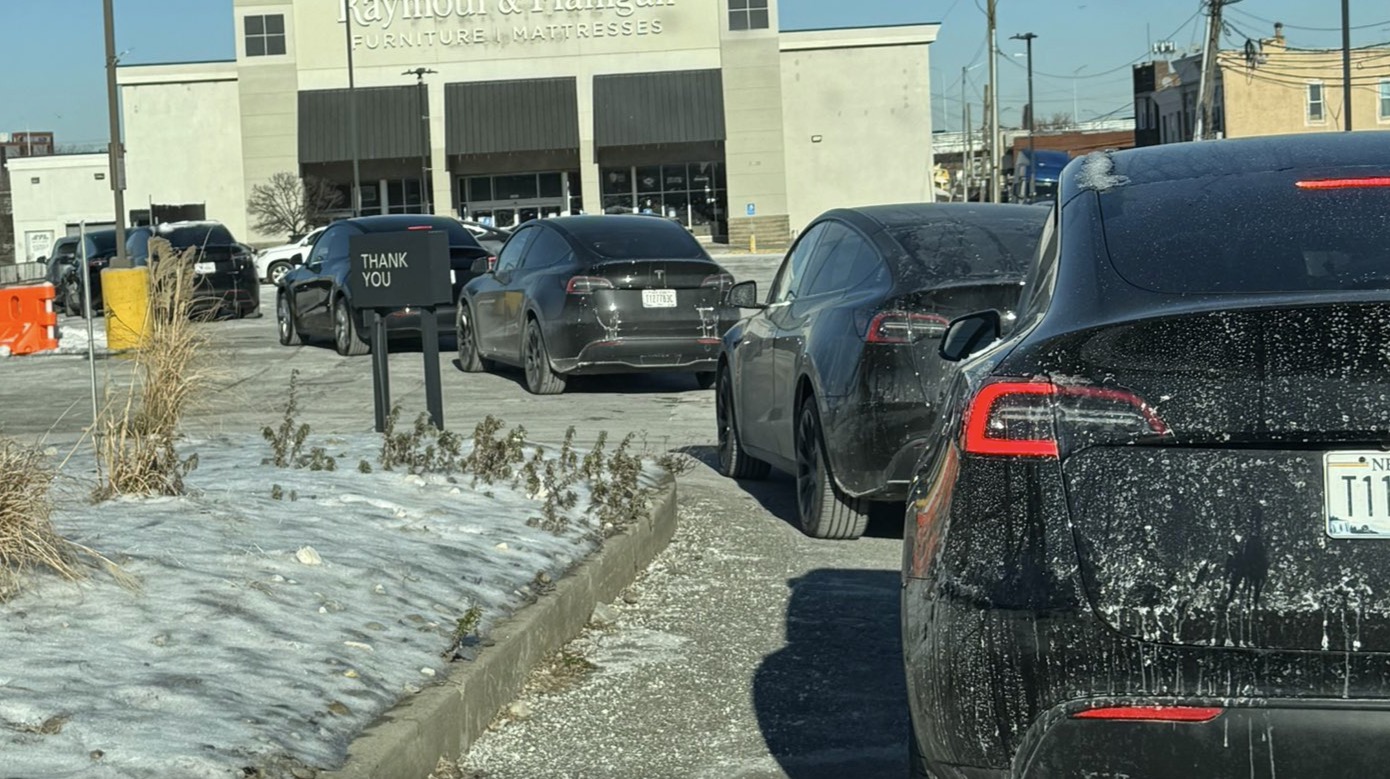
Some Tesla Superchargers are getting overwhelmed by new Uber drivers in New York City after a new program enabled a lot of Tesla ridesharing vehicles in the city.
Last year, New York City became the first major city to mandate that rideshare fleets be electric by 2030.
To help move things along, the city made 10,000 new EV licenses available to Uber and Lift drivers. Tesla vehicles have been the most popular choice for drivers using these new licenses.
Uber and Tesla have also been working together to get rideshare drivers into Tesla vehicles through discounts.
However, these new initiatives have resulted in a lot of pressure on Tesla Superchargers in NYC.
Yesterday, the situation reached a peak, with several local owners reporting massive lines at Supercharger stations.
Here’s one in Brooklyn:
Another in New York:
A quick check of the Superchargers in the region today shows that it is not as bad, but there are still wait times at a few locations in New York and neighboring New Jersey:
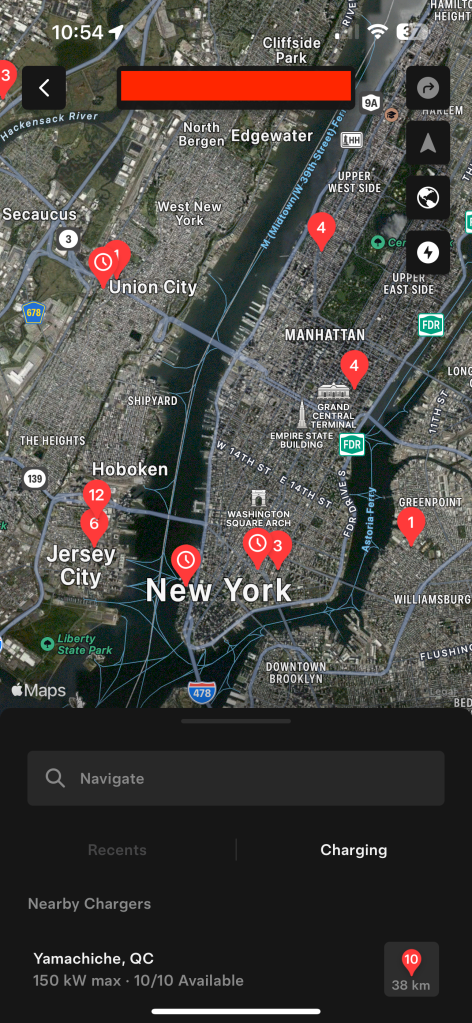
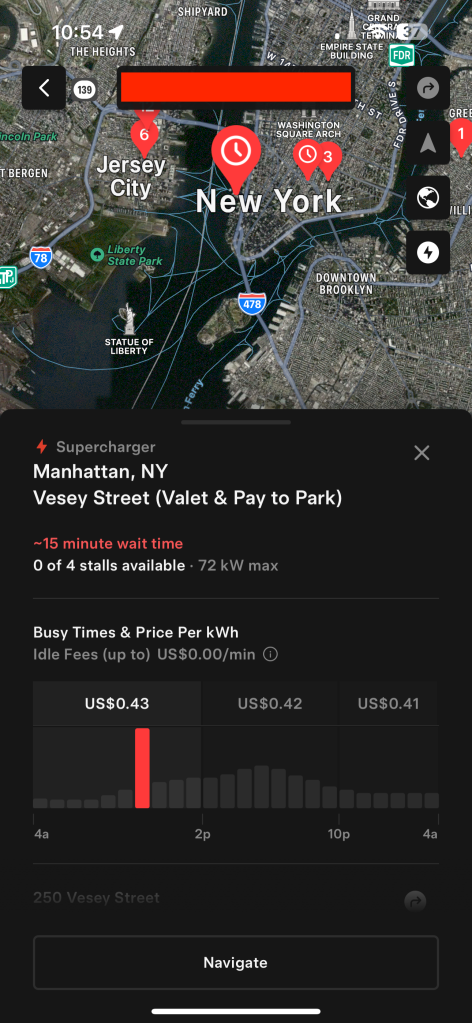
To mitigate the situation, Tesla announced yesterday that it implemented its new “congestion fee” at the local Supercharger station in New York.
The new congestion fee was first introduced by Tesla in November, and it consists of a new charge of $1 per minute when charging past 90%. Since the last 10% is the slowest to charge, this encourages drivers to have shorter charging sessions at the Supercharger stations.
Revel, which operates its own electric ride-hailing fleet in New York, mostly consisting of Tesla vehicles, anticipated that issue and built its own EV charging “superhubs” in the region:
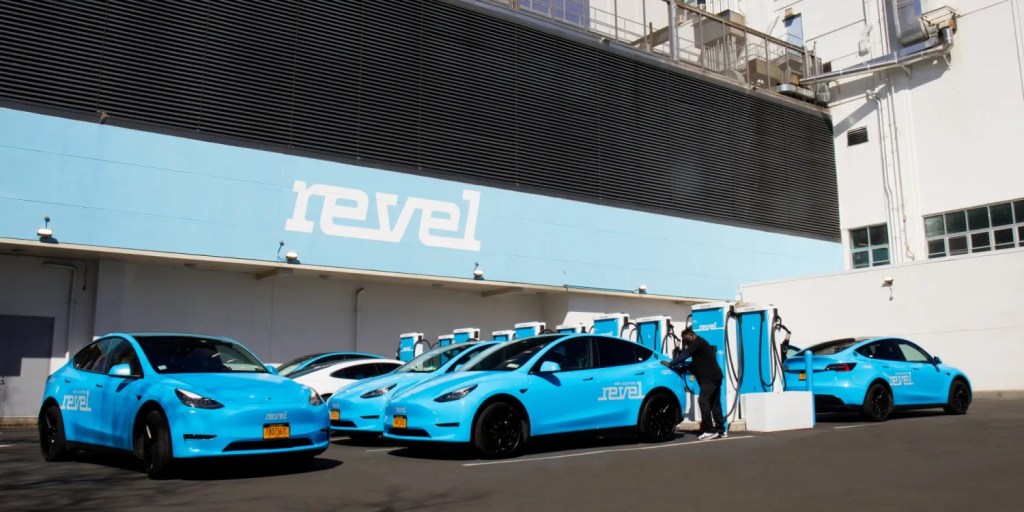
While it uses the charging stations for its own growing fleet, the chargers are also open to the public.
Revel spokesperson Robert Familar told Electrek that the company saw a nearly 4x increase in public use of its chargers over the last two months. The company credits this to the new program putting more rideshare drivers into electric vehicles:
Revel’s public fast-charging Superhubs have seen about four times more public utilization in the last two months, which we see as a direct outcome of the Green Rides initiative. We’re anticipating an even greater uptick as more drivers look to skip long lines and come charge with us.
Top comment by Triceratops
I was talking to my Uber driver who was renting a model 3 at that time and planning to buy a base model 3. He is living in an independent house (renting) but unsure if he can charge at home. He seems satisfied with supercharging. I highly encouraged him to talk to his landlord and get a plug at home instead of relying on supercharging. For daily charging, supercharging is way more expensive, time-consuming, and inconvenient. I think the biggest problem here is Uber isn't training them well about EVs, just throwing incentives or forcing them to drive it. Also, drivers are seeing more rides and better ratings if they drive EV, so they are just jumping in. Just a little more info could have make life better for everyone.
While non-Tesla chargers are a good alternative, Tesla is also planning new Supercharger stations in the region to alleviate the issue. A new station in Brooklyn and one on Staten Island are planned for this year.
Electrek’s Take
This is the kind of problem I like to see because it means that EV adoption is growing, but with that comes growing pains.
It is certainly a problem for Tesla drivers, but the congestion fees seem to already have had a positive impact since today’s situation looks much better than yesterday – albeit still having some wait times at certain stations.
It will be interesting to see if Tesla can deploy new stations fast enough to keep up with the growing fleet.
FTC: We use income earning auto affiliate links. More.
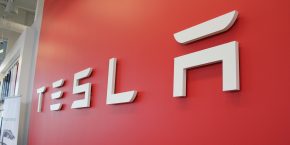


Comments